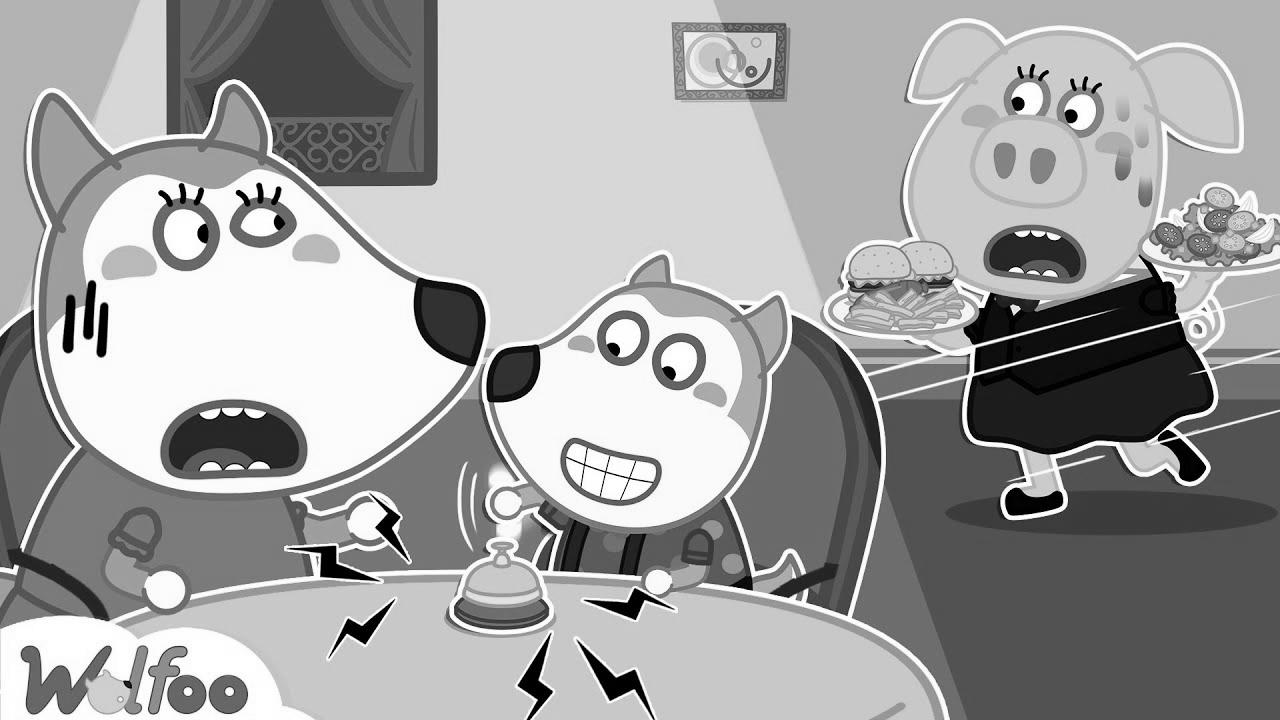Wolfoo, Do not Annoy the Waitress – Study Guidelines of Conduct for Children at Restaurant | Wolfoo Channel
Warning: Undefined variable $post_id in /home/webpages/lima-city/booktips/wordpress_de-2022-03-17-33f52d/wp-content/themes/fast-press/single.php on line 26

Learn , Wolfoo, Don't Annoy the Waitress - Be taught Rules of Conduct for Kids at Restaurant | Wolfoo Channel , , NVqQNapTH6E , https://www.youtube.com/watch?v=NVqQNapTH6E , https://i.ytimg.com/vi/NVqQNapTH6E/hqdefault.jpg , 8275095 , 5.00 , Wolfoo, Do not Annoy the Waitress - Learn Rules of Conduct for Kids at Restaurant | Wolfoo Channel Wolfoo rings the bell to call ... , 1642818606 , 2022-01-22 03:30:06 , 00:23:23 , UCWGVQIspqW2j9M3-qLQ0HDg , Wolfoo Channel , 43165 , , [vid_tags] , https://www.youtubepp.com/watch?v=NVqQNapTH6E , [ad_2] , [ad_1] , https://www.youtube.com/watch?v=NVqQNapTH6E, #Wolfoo #Dont #Annoy #Waitress #Learn #Guidelines #Conduct #Kids #Restaurant #Wolfoo #Channel [publish_date]
#Wolfoo #Dont #Annoy #Waitress #Learn #Guidelines #Conduct #Youngsters #Restaurant #Wolfoo #Channel
Wolfoo, Do not Annoy the Waitress - Study Rules of Conduct for Kids at Restaurant | Wolfoo Channel Wolfoo rings the bell to call ...
Quelle: [source_domain]
- Mehr zu learn Encyclopaedism is the work on of exploit new sympathy, noesis, behaviors, profession, values, attitudes, and preferences.[1] The cognition to learn is possessed by humans, animals, and some machines; there is also evidence for some rather learning in dependable plants.[2] Some learning is fast, spontaneous by a separate event (e.g. being baked by a hot stove), but much skill and cognition compile from recurrent experiences.[3] The changes evoked by encyclopaedism often last a period, and it is hard to place nonheritable substance that seems to be "lost" from that which cannot be retrieved.[4] Human education get going at birth (it might even start before[5] in terms of an embryo's need for both action with, and unsusceptibility inside its surroundings within the womb.[6]) and continues until death as a outcome of ongoing interactions 'tween friends and their situation. The creation and processes caught up in education are unstudied in many constituted william Claude Dukenfield (including instructive psychological science, psychology, experimental psychology, cognitive sciences, and pedagogy), likewise as future fields of noesis (e.g. with a shared involvement in the topic of encyclopedism from safety events such as incidents/accidents,[7] or in collaborative eruditeness health systems[8]). Investigation in such comedian has led to the identification of diverse sorts of learning. For instance, encyclopaedism may occur as a outcome of dependency, or conditioning, conditioning or as a outcome of more complex activities such as play, seen only in relatively agile animals.[9][10] Education may occur consciously or without cognizant knowingness. Learning that an aversive event can't be avoided or escaped may outcome in a shape known as well-educated helplessness.[11] There is inform for human behavioural learning prenatally, in which dependency has been determined as early as 32 weeks into gestation, indicating that the central troubled organization is sufficiently developed and fit for learning and remembering to occur very early in development.[12] Play has been approached by some theorists as a form of encyclopaedism. Children inquiry with the world, learn the rules, and learn to interact through and through play. Lev Vygotsky agrees that play is crucial for children's evolution, since they make signification of their situation through musical performance learning games. For Vygotsky, nevertheless, play is the first form of education terminology and communication, and the stage where a child begins to realize rules and symbols.[13] This has led to a view that learning in organisms is primarily associated to semiosis,[14] and often related to with representational systems/activity.